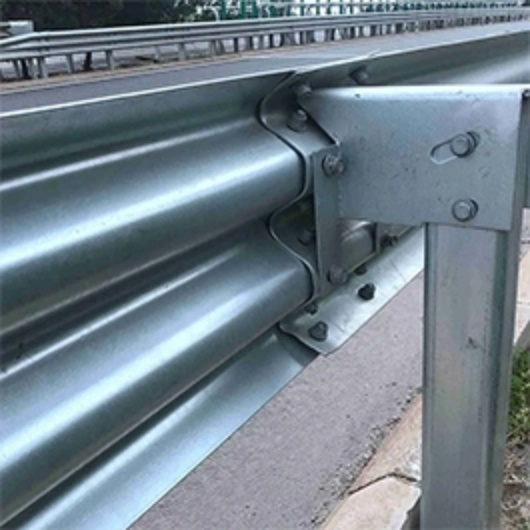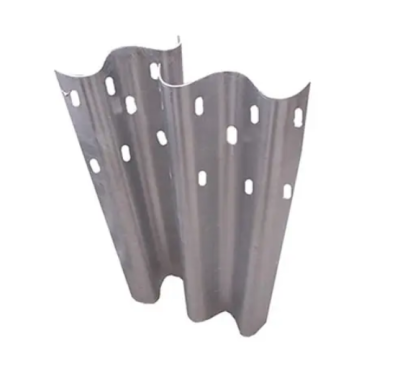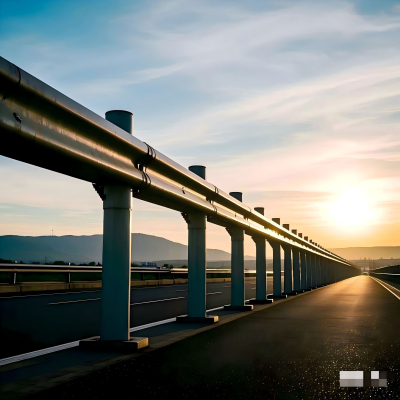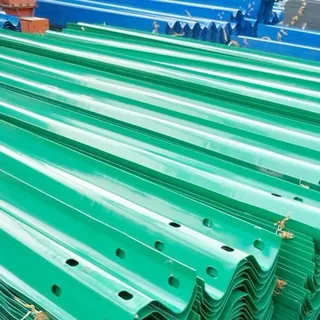How Crash Resistance Barriers are Saving Lives
Based on the data from the US Department of Transportation, 30-40% of fatal accidents occur when vehicles leave the road. Another shocking statistic is that 30% of all cross-median collisions end in serious injury or fatality. These statistics have led to the increased implementation of anti-collision barriers to prevent vehicles from leaving the road or crashing into oncoming lanes. Concrete medians and metal guardrails save lives every year and make the roads safer. Anti-collision barriers save lives by preventing dangerous vehicle trajectories and minimizing and redirecting the impact on the driver as much as possible. This article will take a deeper look at how guardrails keep us safe.

For various reasons, drivers may suddenly veer out of their lane and off the road. A car may stop too quickly in front of them, causing them to be unable to avoid a collision, they may be fatigued or not paying attention to the road, and bad weather can cause drivers to leave the road every day. Since the emergence of automobiles, traffic engineers have been collecting data to create a safer driving environment. Over time, some measures have been taken on highways to help drivers stay on the road in the event of a crash and avoid the dangers of rollovers and other off-road collisions. State and local agencies test different obstacles and consult engineers to create the safest and softest collisions for drivers who hit obstacles. Crash barriers are extremely useful tools for dealing with fatal crashes. Through in-depth research of a large number of independent studies, crash barriers have been proven to save lives. They have earned a reputation as a highway lifesaving device, providing protection not only for those directly involved in crashes but also for pedestrians and property.
A guardrail or crash barrier is primarily a means of preventing drivers from leaving the road when it is more dangerous to hit a guardrail in an off-road environment. However, if there is only flat grass beyond the shoulder, abandoning the obstacle may be a safer option. Often, there will be steep slopes, ditches, trees, or other obstacles that would be very dangerous if a driver left the road. Engineers will weigh the pros and cons of installing obstacles or guardrails on any section of the road to provide the safest route for drivers. The way crash barriers work is to redistribute the impact force in a way that is less harmful to the driver and absorb as much impact as possible to reduce the impact on the car. The goal is to provide two or more layers of energy absorption before any impact is transferred to the vehicle occupants. The first layer is to soften the blow from the barrier itself. Guardrails and concrete median barriers are tilted in this way to absorb and redirect energy. The second layer of shock absorption comes from your car, which is designed to crush metal to reduce the impact force. Other safety features such as seat belts and airbags will further increase safety for everyone, even in seemingly serious crashes.



